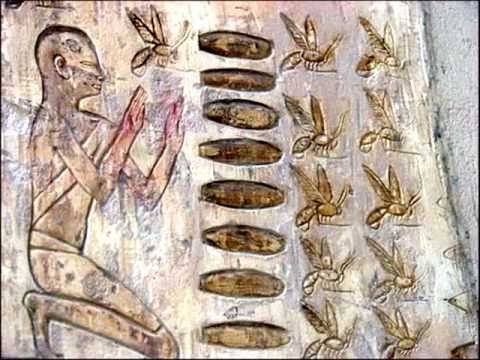This is the first time you hear the word entomophagy in your life? You heard people talking about entomophagy on the bus yesterday, but you're not quite sure you understand what it is? You already have an interest for entomophagy, and you want to know more about it? In this blog post, we will talk about why insects are the food of the future, who currently eats insects, and the origin of entomophagy.
Common terms used when we talk about entomophagy
Entomophagy:
The practice of eating insects.
Entomology:
The science of insects.
Entomologist:
The one that studies insects.
Entomophage:
The one that eats insects.
Entotarian:
The one that eats insects, but not animals.
Are insects the food of the future?
We often hear people say "insects are the food of the future". But why?
According to the Food and Agriculture Organisation of the United Nations (FAO), the world population is projected to reach 9 billion people by the year 2050. This projection has raised concerns that the planet may not be able to sustain such a large number of inhabitants. In fact, many problems have already been associated with population growth, such as increases in greenhouse gas emission, pollution, global warming, and demand for food, fresh water and natural resources.
Entomophagy can be a solution to some of these problems. Why? Because insects have a rapid growth rate, and their breeding is easier, less expensive and requires much less food and water than the breeding of animals. In addition, insect breeding emits less greenhouse gases than that of animals, which makes it a more eco-friendly practice.
If, like us, you agree that insects are the food of the future and you would like to try them out, you can visit our website to purchase cricket powder and other cricket-based snacks.

Who currently eats insects?
Roughly 2 billion people around the world currently eat insects, and there are over 2000 recorded edible insects that are consumed. While entomophagy is practiced worldwide, edible insects are a staple in traditional diets found in over 113 countries which are mainly in Africa, Asia, and South America.
Entomophagy is less popular in Europe, North America, and Oceania, given that the consumption of insects is not part of current customs in these regions of the world. However, entomophagy has been on the rise in the last few years due to the increased awareness regarding the importance of sustainability, and the interest in the nutritional value that insects bring to the table.
In developing countries, people are at greater risk for malnutrition and food insecurity. Foods that may be common for us to eat here in North America, such as fresh produce and high-quality meat, can be hard to come by in developing nations. Hence, entomophagy is a great way for people to increase their nutrient intake, as insects are rich in protein, healthy fats, vitamins, and minerals. Read this article on the benefits of crickets.
When did people start eating insects?
We have lots of evidence that entomophagy is as old as time. Here is some proof that has been gathered in regards to entomophagy in the past.
Edible insect remainings were found in human excrements of Homo sapiens, which is an indicator that entomophagy dates back to prehistory. This comes as no surprise, as Homo sapiens had to feed themselves and did so by foraging not only fruits, vegetables and plants, but also by catching small animals and insects.
Cave paintings dating 30 000 years BC were found in the North of Spain.These paintings show men consuming wild bees, which serves as an indicator of entomophagy.
Several testimonies in literature from all around the world prove that entomophagy is not a recent practice.For example, Aristote's papers reference consumption of cicadas in Europe, and Chinese literature references the benefits of insects as food. In addition, the French naturalist and zoologist Georges Cuvier, and even the Bible reference entomophagy.

Now that you know more about entomophagy, you can get #cricketpowered by visiting our website to purchase cricket powder and other cricket-based snacks!































Laisser un commentaire